Blogs & News
We are focus on automotive wiring harness & connectors technology.
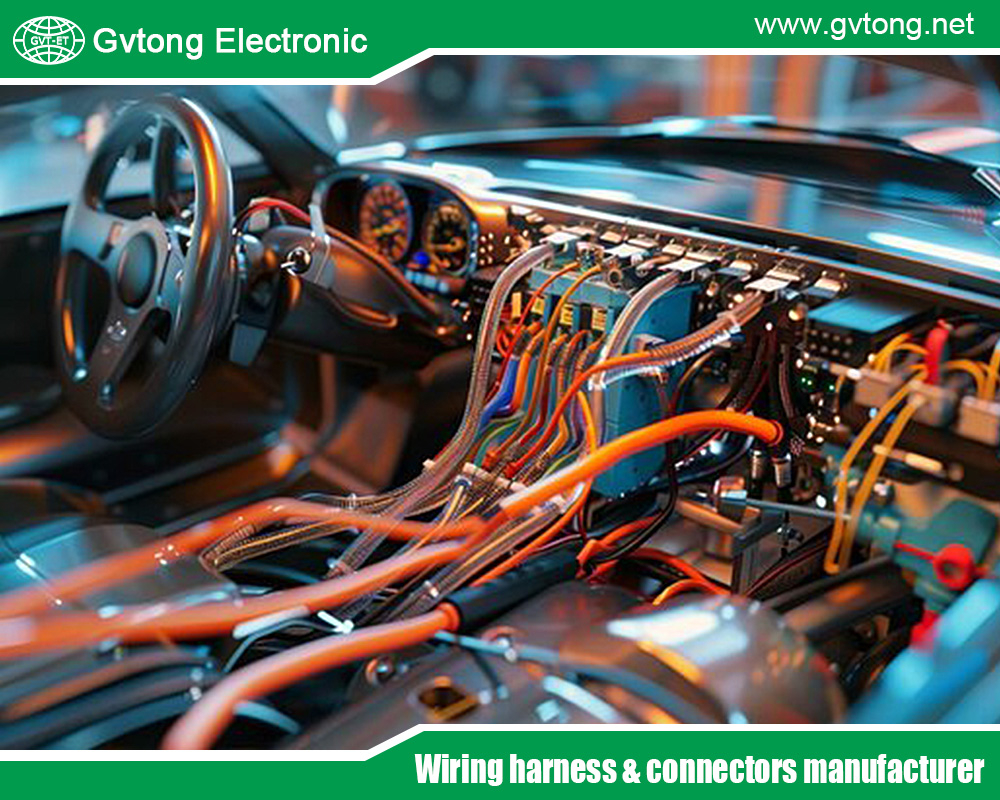
How to Select Right 12 Volt Automotive Wire Connectors for Your Car Modifiers– High Temperature Resistant, Anti-Aging and Short Circuit Proof
- Gvtong Electronic
- 10-cavity connector manufacturer, 10-cavity connectors market, 12 volt 2 pin waterproof connector, 12 volt automotive wire connectors, 12 volt automotive wire connectors manufacturer, 12 volt automotive wire connectors supplier, 2 Pin Way Car Waterproof Electrical Connector, 2-cavity connectors manufacturer, 2-cavity connectors supplier, 2p 32p Automotive Connector Terminal Crimping, 3-cavity connectors, adas automotive connector, ADAS automotive connectors, ADAS automotive connectors manufacturer, ADAS automotive connectors supplier, Anti-vibration automotive connectors, Automated assembly connectors Cost-effective automotive connectors, Automated assembly connectors Cost-effective automotive connectorsMulti-variation connectors, automotive antenna connector, automotive coaxial connector, Automotive Connector and Cable Products, automotive connector companies, automotive connector companies in russia, Automotive Connector Factory, automotive connector manufacturer, Automotive Connector Manufacturers in 2025, automotive connector market, Automotive Connector Supplier, automotive data connector, automotive electrical connector, automotive High voltage connector, automotive Low voltage connector, automotive Oil-resistant Connectors, Automotive shielded connectors, automotive Signal Connector, automotive waterproof connectors, automotive wire connectors, automotive wire connectors manufacturer, Best China Waterproof Automotive Wire Connectors Manufacturer, Oil-resistant automotive connectors
- No Comments
How to Select Right 12 Volt Automotive Wire Connectors for Your Car Modifiers– High Temperature Resistant, Anti-Aging and Short Circuit Proof
In the world of automotive electrical systems, the humble 12 volt automotive wire connector often goes unnoticed until something goes wrong. Yet, these small components are the unsung heroes that keep your vehicle’s lights, sensors, engines, and accessories functioning smoothly. For 12-volt systems, which are standard in most cars, trucks, and motorcycles, selecting the right connectors is crucial to prevent failures that can lead to breakdowns, fires, or costly repairs. This guide serves as a comprehensive pitfall avoidance manual, helping you navigate the complexities of choosing connectors that are high temperature resistant, anti-aging, and short circuit proof.
Why focus on these attributes? Automotive environments are harsh: engines generate extreme heat, vibrations cause wear over time, and electrical shorts can spark disasters. Poor connector choices lead to common pitfalls like melted insulation, corroded contacts, or intermittent connections that frustrate DIY enthusiasts and professionals alike. By the end of this 2000-word article, you’ll be equipped with the knowledge to select reliable connectors, avoid rookie mistakes, and ensure your wiring projects stand the test of time. We’ll break it down step by step, from basics to advanced tips, drawing on industry best practices and real-world scenarios.
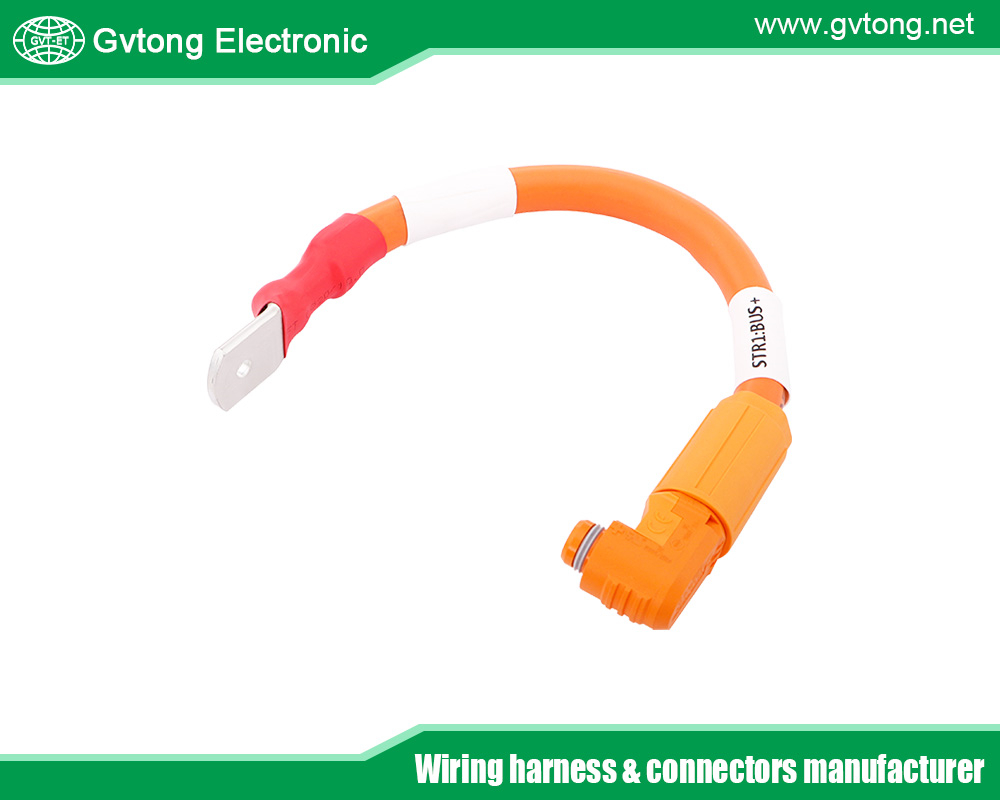
Understanding 12-Volt Automotive Wire Connectors
Before diving into selection, let’s clarify what we’re dealing with. A 12-volt automotive wire connector is a device that joins two or more electrical wires in a vehicle’s low-voltage system, typically operating at 12 volts DC. These connectors come in various forms: butt splices for end-to-end joins, ring terminals for grounding, spade connectors for quick disconnects, and multi-pin plugs for complex harnesses like those in headlights or fuel injectors.
The 12-volt standard dominates because it’s efficient for starting engines and powering accessories without excessive current draw that could overheat wires. However, this voltage level still poses risks if connectors aren’t up to par. For instance, a subpar connector in a high-amp circuit like a starter motor can overheat and fail, stranding you on the roadside.
Pitfall #1: Ignoring Voltage and Amperage Ratings. Many beginners grab any connector off the shelf, assuming “it’s just 12 volts.” But connectors have specific ratings for current (amps) and voltage. A connector rated for 10 amps might melt in a 20-amp circuit. Always check the ampacity – the maximum current it can handle safely. For automotive use, look for connectors certified by standards like SAE (Society of Automotive Engineers) or UL (Underwriters Laboratories) to ensure they meet 12-volt demands.
The Importance of High Temperature Resistance
Automotive engines can reach temperatures exceeding 200°F (93°C) under the hood, and even higher near exhaust manifolds or turbochargers. Connectors exposed to this heat must resist degradation, or they’ll become brittle, crack, or lose conductivity.
High temperature resistant connectors are typically made from materials like nylon, polyphenylene sulfide (PPS), or ceramic-infused plastics that withstand up to 300°F (149°C) or more. Contacts are often gold-plated or tinned copper to prevent oxidation at high temps.
Pitfall #2: Choosing Low-Temp Plastics. Standard PVC connectors, common in household wiring, soften and deform above 140°F (60°C). In a car, this leads to loose connections and arcing. To avoid this, opt for connectors labeled “high-temp” or with a temperature rating explicitly stated. For example, Delphi Weather Pack connectors are renowned for their heat resistance in OEM applications.
When selecting, consider the location: Under-hood connectors need higher ratings than those in the cabin. Test for resistance by checking if the connector maintains integrity after exposure to heat – though for DIYers, relying on manufacturer specs is key. Also, factor in thermal cycling: repeated heating and cooling can fatigue materials, so choose connectors with proven durability in automotive tests.
Anti-Aging Properties: Ensuring Longevity
Aging in connectors refers to degradation over time due to environmental factors like UV exposure, moisture, chemicals (e.g., oil, fuel), and mechanical stress from vibrations. Anti-aging connectors incorporate UV stabilizers, seals, and flexible materials to combat this.
Pitfall #3: Overlooking Environmental Seals. Unsealed connectors invite moisture, leading to corrosion and green patina on copper contacts. This “aging” reduces conductivity, causing voltage drops and system failures. Always select IP-rated connectors (Ingress Protection), like IP67 for dust-tight and water-resistant up to 1 meter immersion. For anti-aging, look for silicone seals or O-rings that prevent ingress.
Materials matter: Brass or phosphor bronze contacts resist corrosion better than plain copper. Anti-aging also involves strain relief – built-in features that absorb vibrations, preventing wire fatigue. In marine or off-road vehicles, where aging accelerates, choose connectors with EPDM (ethylene propylene diene monomer) rubber housings for superior ozone and UV resistance.
Real-world example: In classic car restorations, aging connectors often cause intermittent faults. By swapping to modern anti-aging types like Deutsch DT series, owners extend system life by decades. Avoid the pitfall of cheap imports without certifications; they may age prematurely due to inferior compounding.
Short Circuit Proofing: Safety First
Short circuits occur when unintended paths allow current to flow excessively, often due to damaged insulation or loose connections. Short circuit proof connectors minimize this risk through design features like insulated housings, locking mechanisms, and fuse integration.
Pitfall #4: Relying on Tape Alone. Wrapping connections with electrical tape is a temporary fix; it doesn’t prevent shorts from vibrations or abrasion. Instead, use connectors with built-in insulation and positive locks that click audibly when secure, like Molex or AMP connectors.
For ultimate proofing, select connectors with TPA (Terminal Position Assurance) clips that ensure pins are fully seated, reducing arcing risks. In high-vibration areas, anti-short features include shrouded terminals that prevent accidental contact with metal surfaces.
Consider circuit protection: While connectors themselves aren’t fuses, pairing them with inline fuses or circuit breakers adds a layer of short-proofing. Always match wire gauge to connector size – using a 14-gauge wire in a 18-gauge connector can overheat and short.
Comprehensive Selection Criteria
Now, let’s synthesize these into a step-by-step selection guide to avoid all pitfalls.
- Assess Your Needs: Determine the application – power, signal, or sensor? For 12-volt power circuits, prioritize amp rating (e.g., 20A for lights). For signals, focus on low-resistance contacts.
- Material Check: Housings: Polyamide or PBT for heat/aging resistance. Contacts: Tin-plated for cost-effective anti-corrosion; gold for high-reliability.
- Ratings and Certifications: Look for temperature range (e.g., -40°F to 257°F), IP rating, and UL/SAE approval. Avoid unmarked products.
- Type Selection: Butt connectors for splices; weatherproof plugs for exteriors. Multi-pin like OBD-II for diagnostics.
- Compatibility: Ensure wire gauge compatibility (e.g., AWG 10-22). Mismatched sizes lead to poor crimps and shorts.
- Brand Reliability: Trusted brands: TE Connectivity, Bosch, Sumitomo. Read reviews for real-user aging data.
- Cost vs. Quality: Cheap connectors save upfront but cost more in failures. Invest in quality for long-term savings.
Pitfall #5: Skipping Crimping Tools. Hand-crimped connectors often fail. Use ratcheting crimpers for secure, gas-tight connections that resist aging and shorts.
Installation Best Practices
Selection is half the battle; proper installation avoids pitfalls.
Strip wires cleanly without nicking strands. Crimp firmly – a good crimp deforms the terminal around the wire for low resistance. Use heat-shrink tubing over splices for extra insulation and anti-aging.
For high-temp areas, apply dielectric grease to contacts to prevent corrosion. Test continuity with a multimeter post-installation to catch shorts early.
In complex harnesses, label connectors and use color-coding to prevent mix-ups, which could cause shorts.
Pitfall #6: Ignoring Polarity. In 12-volt DC, reversing polarity can damage components. Choose keyed connectors that only mate one way.
Maintenance and Troubleshooting
Even the best connectors need care. Inspect annually for signs of aging: discoloration, cracks, or looseness. Clean contacts with isopropyl alcohol; avoid abrasives.
Troubleshoot shorts by isolating circuits – disconnect connectors one by one. Use a thermal camera to spot hot spots indicating resistance buildup.
Pitfall #7: Neglecting Upgrades. As vehicles age, upgrade connectors during repairs to modern, resistant types for better reliability.
Case Studies: Learning from Real Pitfalls
Consider a truck owner who used generic connectors for trailer lights. Heat from the exhaust aged them quickly, causing shorts and blown fuses. Switching to high-temp, sealed connectors resolved it.
Another: A motorcycle enthusiast ignored anti-aging in exposed wiring, leading to UV-cracked insulation and intermittent signals. IP-rated replacements fixed the issue. These stories underscore: Proactive selection prevents reactive repairs.
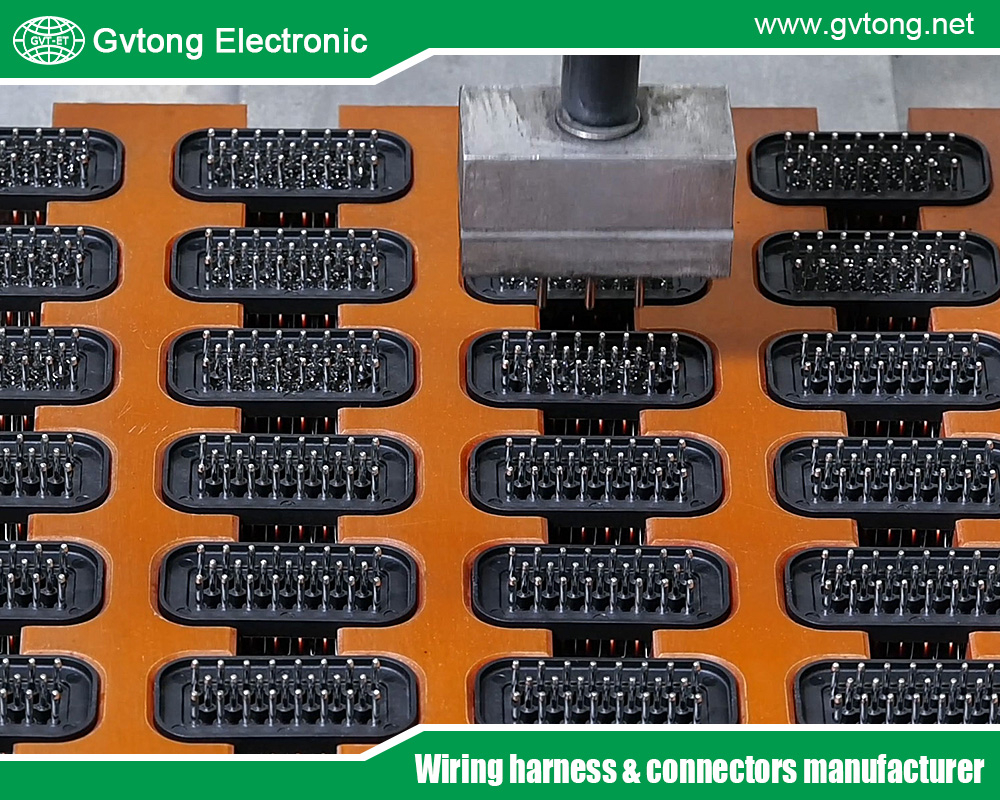
Conclusion
Selecting 12-volt automotive wire connectors that are high temperature resistant, anti-aging, and short circuit proof isn’t just about buying parts – it’s about engineering reliability into your vehicle. By avoiding pitfalls like ignoring ratings, using subpar materials, or skimping on installation, you ensure safety, performance, and longevity.
Remember, the right connector might cost a bit more, but it saves headaches down the road. Whether you’re a hobbyist wiring a custom stereo or a mechanic overhauling an engine harness, apply this guide diligently. Your vehicle – and your peace of mind – will thank you.
For more about how to select right 12 volt automotive wire connectors for your car modifiers– high temperature resistant, anti-aging and short circuit proof, you can pay a visit to Gvtong at https://www.gvtong.net/ for more info.
Recent Posts
How Automotive Multi-Pin Connectors Work?
How Modular Automotive Connectors Power the Modern Automotive Revolution
Tags
Recommended Products
-
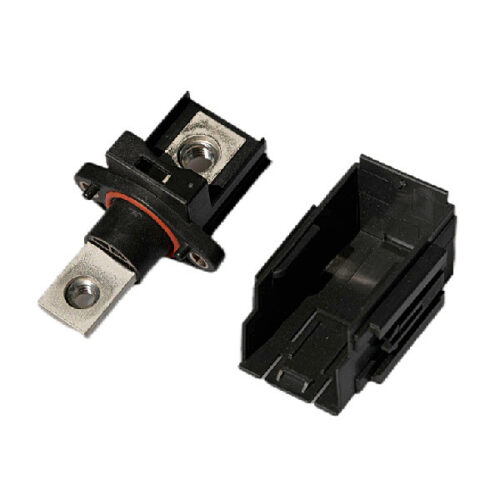
GH Series – DCDC Through-Wall Terminal Block – With Protective Cover
-
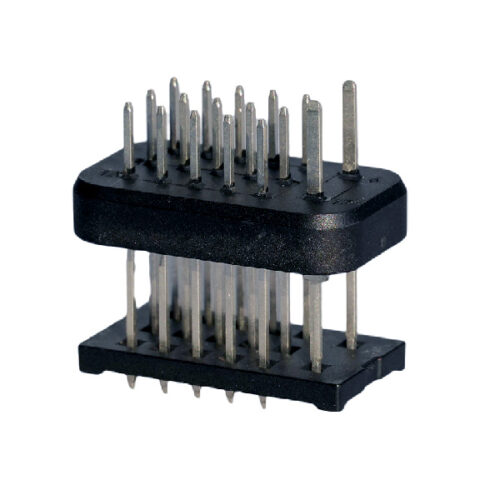
GE Series-17PIN Signal Connector
-
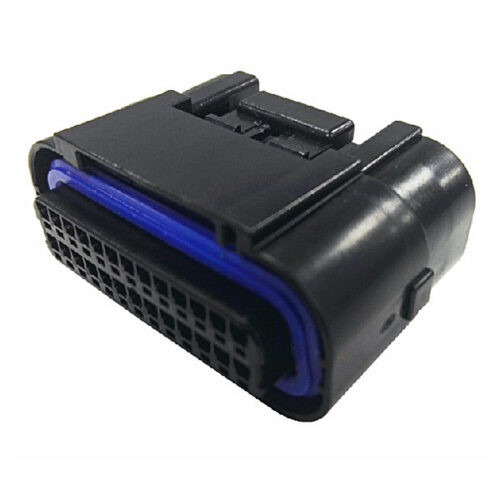
GE Series-18/26-core double-row signal connector
-
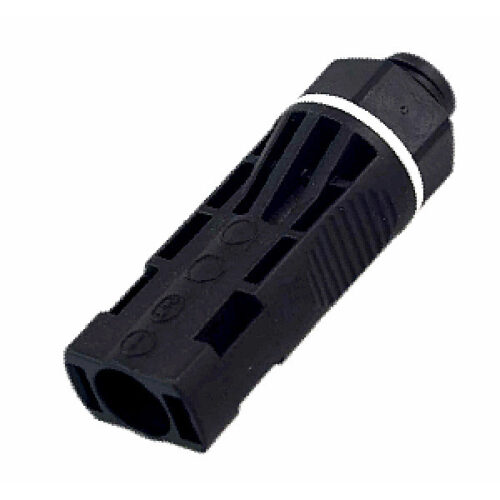
Photovoltaic connector – Board end socket
-
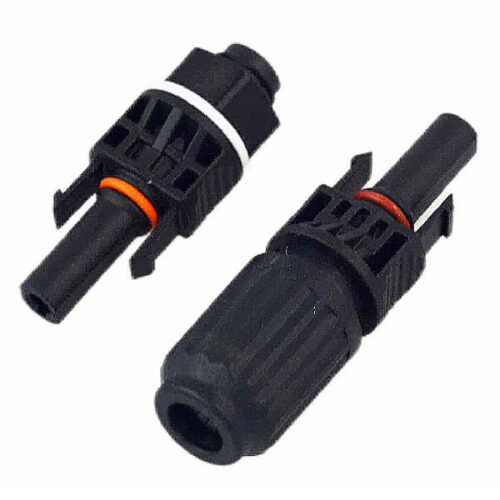
GH-Photovoltaic Connector-Plug
-
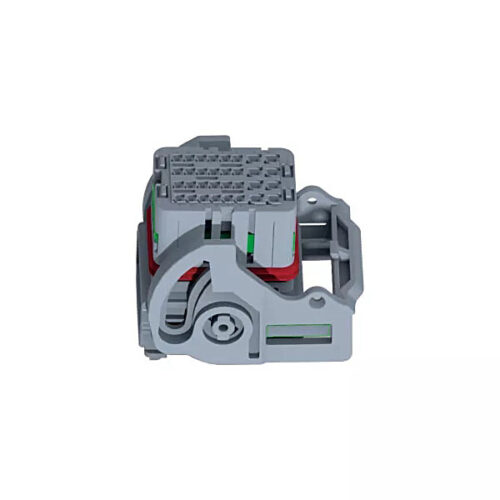
Low voltage connector-30PIN socket + plug
-
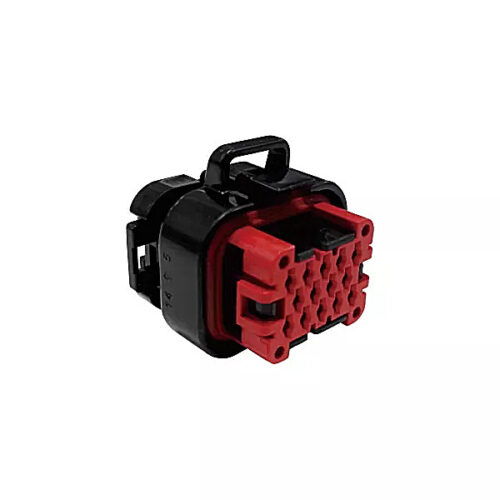
Signal connector – waterproof, three-row, 14-pin
-
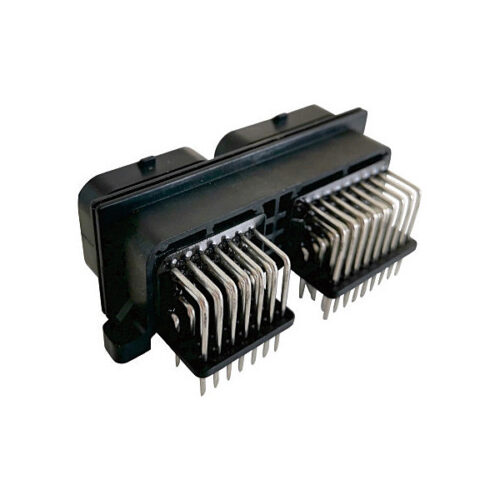
Combination connector-60 core (34+26) socket
